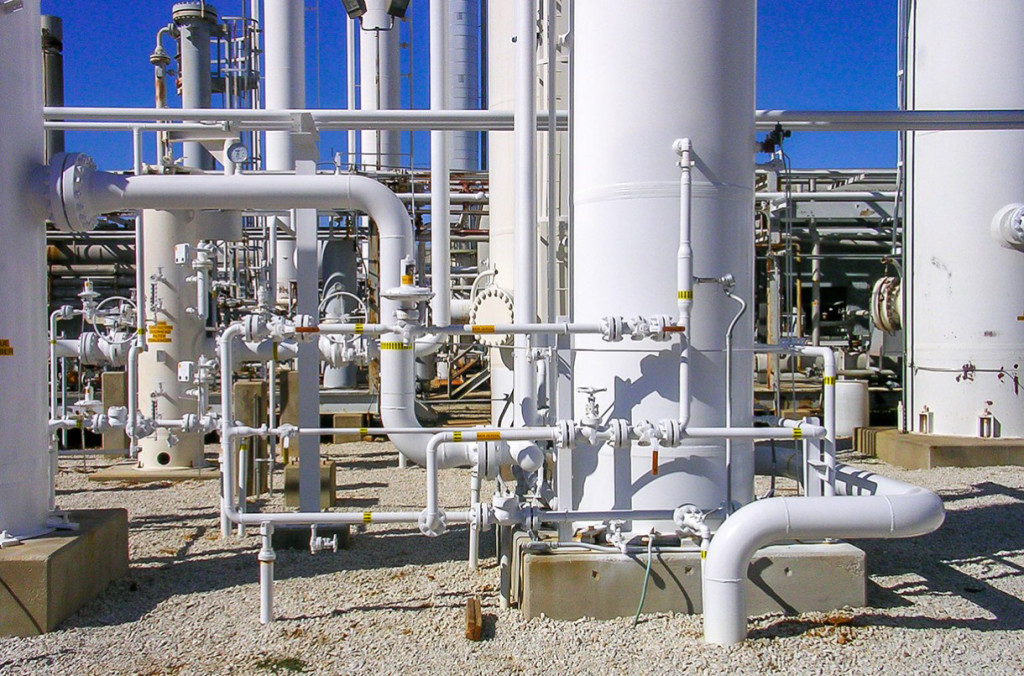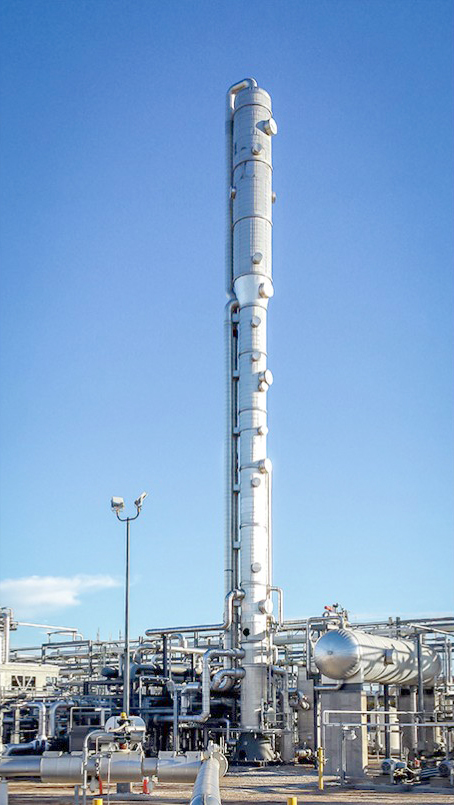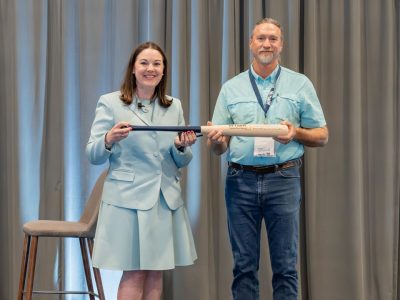The Value of Communication and Interaction in Process Safety Management
It is known to oil and gas firms as Regulation 29 CFR 1910.119.
Its purpose: “This section contains requirements for preventing or minimizing the consequences of catastrophic releases of toxic, reactive, flammable or explosive chemicals. These releases may result in toxic, fire or explosion hazards.”
We’re speaking of Process Safety Management, a standard rolled out by the Occupational Safety and Health Administration (OSHA) in 1990 to “help assure safe and healthful workplaces.”
Unfortunately, incidents happen—incidents that take lives. Where hazardous chemicals exist, there also exists the possibility for disaster to occur.
Compliant and documented operating procedures are essential for a gas processing facility.
Key Program Elements
Before discussing why process breakdowns can occur, PSM focuses on 14 key components:
-
Employee participation. Consultation with employees in areas such as safety and procedure development is critical.
-
Process Safety Information. This compilation of material identifies all technical aspects of processing and equipment used.
-
Process Hazard Analysis. The PHA is a careful review of what could go wrong and what safeguards must be implemented to prevent a release of hazardous chemicals.
-
Operating procedures. These specific instructions should always reflect current conditions and operations.
-
Training. All employees should fully understand the chemicals and processes with which they work.
-
Contractor safety. As with regular employees, contractors should be supplied with appropriate safety information and training.
-
Pre-startup safety review. This step involves operators, engineers and manufacturers in the safe startup of a new process and/or equipment.
-
Mechanical integrity. Equipment used to process, store, and distribute hazardous chemicals should be inspected and maintained according to design and manufacturer documentation.
-
Hot-work permitting. All nonroutine work that can introduce an ignition source to flammable material should be authorized and covered by company policy.
-
Change management. Document the coordination of change throughout the facility for all modifications of equipment, procedures, materials and processing conditions.
-
Incident investigation. Investigate every incident and near miss to thoroughly understand why it occurred and take steps to prevent it from happening again.
-
Emergency planning and response. This is the third line of defense behind operating the process and containing the chemicals, and performing a controlled release. It is the prepared plan to respond to emergencies and ensure the safety of everyone in the area.
-
Compliance audits. Audits verify two important details: 1) Company policy and procedures comply with established standards. 2) Day-to-day operations comply with company policy and procedures.
-
Trade secrets. Even proprietary process information, if it involves safety, should be shared with employees and other maintenance personnel.
Process Breakdowns
Firms devote considerable resources within their facilities to apply PSM practices. To work effectively, a PSM program demands a consistent, open flow of communication and involvement throughout a facility’s workforce and contractors. It requires a capable and experienced team to manage the process.
At Halff, we often talk about ownership—the practice of personally engaging in what you do and caring about your quality of work so the end result is a quality product and exceptional service to our clients.
Safety should be thought of the same way. There should be a passion to protect fellow employees and the surrounding community. The PSM program can fail when safety communication and interaction aren’t an intentional part of the day-to-day process.
To run a successful PSM program, each employee must think about his or her job—and safety—in a parallel manner. The job can certainly get in the way of safety, and conversely, safety can get in the way of the job. It takes sustained effort to get every employee involved, create safe habits for each site, and update those safe habits as things change. You are never “done” with safety because the business or the people are always changing.
It is easy for an individual or an organization to focus on short-term activities. This takes time from executing a long-term, effective PSM program. Budgeted time, money or people are easily exceeded. Available time can be rare, as business and technology change under the pressure to be profitable. Those changes affect safety programs.
Constant effort is required to make safety and day-to-day business become habit. If a company is not actively practicing PSM methods, it becomes easy to see the inefficiencies.
Engaging in the Process
As OSHA states, “Process Safety Management is the proactive identification, evaluation and mitigation or prevention of chemical releases that could occur as a result of failures in process, procedures or equipment.”
Technology’s role is constantly improving the tools used to measure or identify problems that need attention:
-
Measuring metal thickness, pressure, temperature and flow
-
Sampling air, liquid and soil for key indicators
-
Relaying real-time status updates to various control systems and people
Technology and business change. There is always a “better” way. So time and money require prioritization.
Halff has the experience and capacity to jump into any segment or responsibility within the PSM program—to work within your organization to create or update existing plans. Our staff can be integrated into the day-to-day execution of the PSM program to identify issues, propose solutions, request bids and write funding requests for approval.
Every person should be engaged in the effort of being safe while preforming their jobs. Safety includes the health and well-being of people (yourself, coworkers and others), conservation of the environment (air, land and water), and protection of property (company and personal).
When this kind of collaboration is done effectively, major incidents can be prevented and major improvements made.
For more information about Halff’s Oil and Gas team or its wholly-owned subsidiary, Halff TriTex, write to Info-OilandGas@Halff.com.




